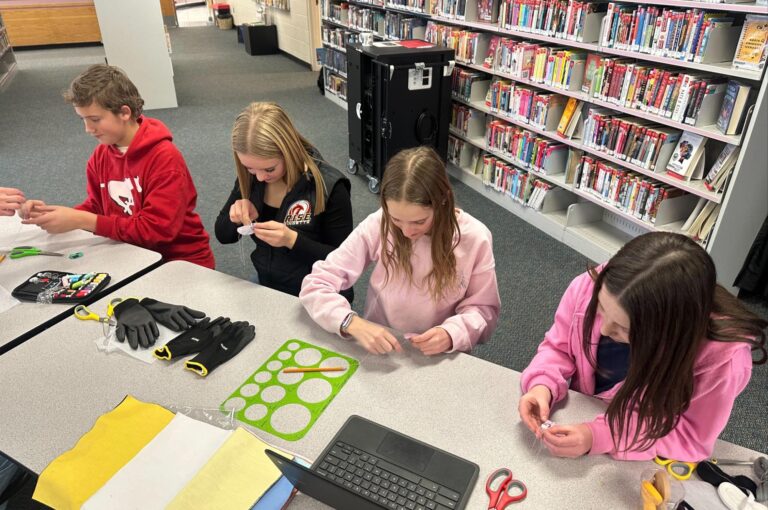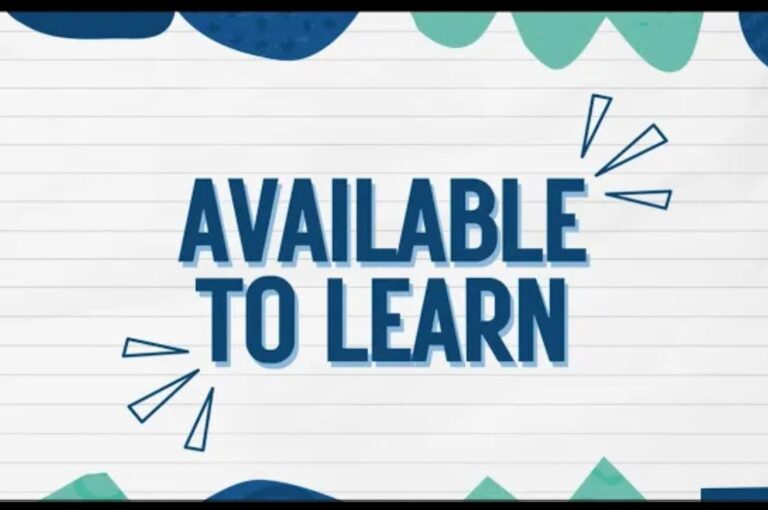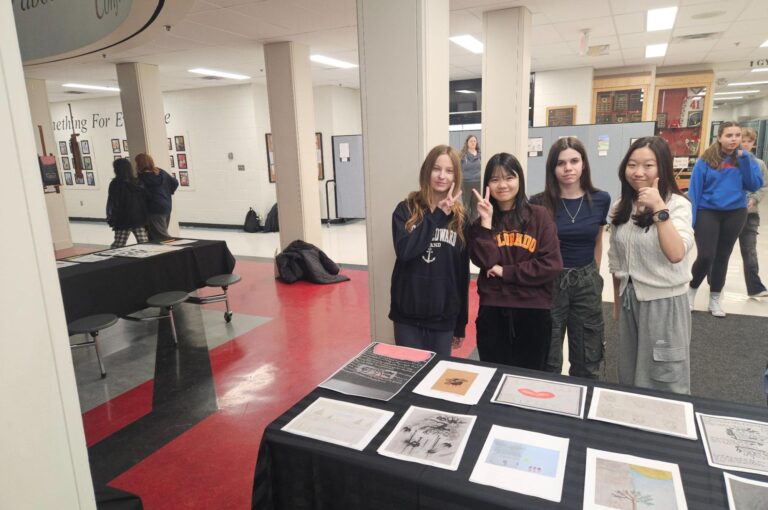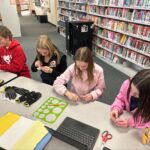There isn’t a single “magic” study strategy that works for everyone. Instead, it’s a combination of
different strategies and using our time effectively. The key is to find what works best for you
Effective Note-Taking
Effective note-taking is a key part of successful studying. Here are some strategies:
- Define important terms and concepts
- Use bullet points for clarity
- Add visuals like diagrams or charts
- Focus on capturing the main ideas and key details
Active Studying
In addition to spacing out your study sessions, we can maximize our study time by using active
review strategies.
One great starting point is the brain dump:
- Write everything you know about a topic on a piece of paper.
- This could be in bullet points, mind maps, or diagrams.
- The key is to retrieve the information from memory and put it on paper, helping you solidify
your understanding.
When reviewing readings, try summarizing after each important passage. Ask yourself:
- “What is the main idea or key point of this section?”
- Try writing a “gist sentence” that captures the essence of the passage.
Other useful study methods include:
- Coming up with possible test questions from your notes
- Reading aloud to reinforce information
- Making study cards or summaries
- Teaching the material to someone else, using your own words to explain it. This can be
especially helpful in understanding and remembering complex material.
Cubing
Even after studying, sometimes we don’t do as well on tests as we expect. This is because it’s not
enough just to memorize information. To truly learn, we need to apply what we’ve learned and
make connections.
One strategy to help with this is the CUBING technique. Here’s how it works:
- Describe the topic: What are the basic facts?
- Compare the topic to something else: How are they similar or different?
- Associate the topic with something you already know: Why is it connected?
- Analyze the topic: What is it made of, and how do its parts fit together?
- Apply the topic: How can it be used in other areas or real-world situations?
- Argue for or against the topic: What are the implications or impacts?
By using the CUBING strategy, you can deepen your understanding and be able to think critically
about the material.
Exposure to Material
Remember, exposure to material and practice are essential for learning. The more you review, the
easier it is to recall and make connections with what you already know. Research shows that
studying over shorter sessions across a longer period of time is much more effective than
cramming the night before a test.
For example, studying for one hour each night for five nights leading up to the test is much better
than studying for five hours on the night before. This technique is called spaced repetition, and it
helps with long-term retention







